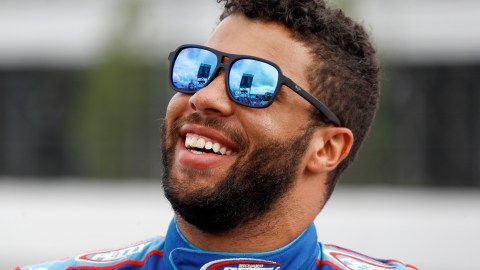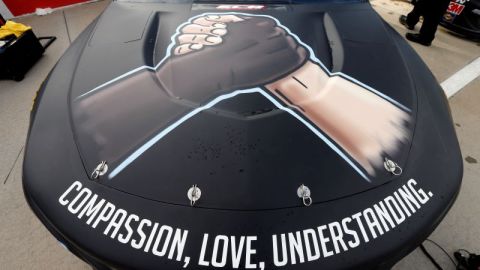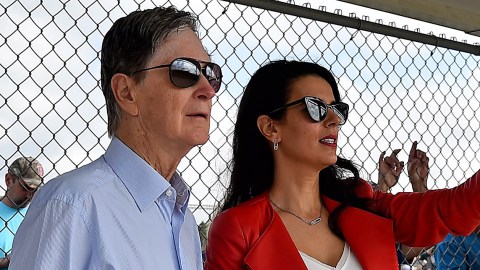PORTLAND, Maine — Matt Bresee is aware that he seldom pleased everyone all of the time.
Bresee, the president of the NBA Development League’s Erie BayHawks, presided over his team’s transition last year from a multiple-franchise NBA affiliation to its current single-franchise affiliation with the New York Knicks.
At times under the former model, the BayHawks’ parent clubs, the Toronto Raptors and Cleveland Cavaliers, had conflicting opinions as to how they wanted their D-League affiliate constructed. Meanwhile, the BayHawks had their own concerns, both on the court and in the front office.
“When you’ve got several affiliates, you’re trying to quite frankly keep all of them happy,” Bresee said. “You want a good relationship with each of them, but there’s the trade-off that there’s only so much information and there’s many different philosophies as to what the D-League franchise will be used for.
“It certainly clears things up in terms of what the team wants when you’re dealing with one affiliate.”
The Celtics became the latest team to join an accelerating trend among NBA teams to assume a one-to-one model with D-League franchises. In joining into an exclusive relationship with the Maine Red Claws, the Celtics are the fourth team in the last 12 months and the fifth NBA franchise overall to assume a so-called “hybrid” relationship with a D-League team, shedding the original format of several NBA teams sharing a D-League roster. Five other NBA teams own their D-League affiliates outright.
Beyond easing headaches for D-League team presidents, the one-to-one affiliation allows NBA front offices to fully control the development of their young players. The hybrid D-League franchises remain in control of the marketing of those players, but the parent clubs assign players with the knowledge that their plans for those players’ developments will be adhered to, right down to where the players work out and what strength and conditioning plan they follow.
The Celtics follow the Houston Rockets, Brooklyn Nets, Portland Trail Blazers and the Knicks into the “hybrid” arena. The Golden State Warriors, Los Angeles Lakers, Oklahoma City Thunder, San Antonio Spurs and Cavs fully own and operate their D-League squads, while the Dallas Mavericks have a one-to-one (but not hybrid) relationship with the Texas Legends.
Yet as the Celtics join the movement, D-League president Dan Reed cautioned that he was not simply embarking on single-affiliation across the league at all costs.
“In a very long-run scenario, we think that’s a favorable model,” Reed said. “We’ve certainly been moving in that direction. We’re not in any hurry to get to that endpoint. We’re very pleased with the footprint that we have today and the success we’ve had today. Our hope is that this continues to grow organically as NBA teams and NBA D-League teams continue to do what’s best for them.”
All 30 NBA teams holding one-to-one affiliations requires 30 D-League teams to be affiliated with, as well as 30 markets to sustain those D-League teams. Whether that many viable minor markets can be found to sustain D-League franchises is far from a certainty. The league has doubled in size from the eight teams from its inaugural season in 2001, but the list of defunct franchises is longer than the list of active franchises.
The league and its 16 clubs therefore are careful not to embark on audacious expansion that can water down their product just as the contributions of players like Jeremy Lin, Avery Bradley and Danny Green are beginning to enhance the D-League’s credibility.
“We believe it’s so important that expansion among the development league happens in a healthy manner,” Bresee said. “In other words, that the right markets are selected, the right owners are selected, so that every few years the league is not going, ‘Gosh, we rushed into this just to get a single affiliate relationship.’ It’s all got to work together. We’ve got to make sure expansion happens in good markets where 15, 20, 30 years down the road there’s an established team in markets like Portland, Maine, and Erie, Pa., that show they can sustain the product.”
“We want to continue to see growth,” he added. “It’s just got to be growth in the right areas”
Portland has so far been the right area for the D-League. The Celtics soon will find out if it is the right area for them, and them alone.
Have a question for Ben Watanabe? Send it to him via Twitter at @BenjeeBallgame or send it here.



